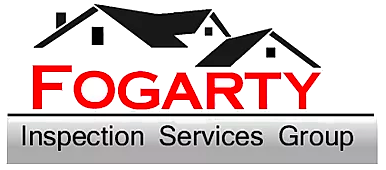Cutting into roof trusses, even slightly, can have serious consequences for your home’s structural integrity. Here are some reasons why it’s a bad idea:
1. Loss of Structural Integrity: Trusses are designed to work as a unit, and cutting into them disrupts the load distribution. When you cut a truss, you weaken the entire structure, potentially leading to sagging, shifting, or even collapse of the roof.
2. Voiding of Warranties and Insurance: Many roofing systems come with warranties that guarantee the performance and longevity of the materials and construction. However, these warranties are typically voided if the trusses are altered in any way. Additionally, if a truss modification leads to structural failure, your homeowner’s insurance may not cover the damages.
3. Building Code Violations: Roof trusses are subject to strict building codes and engineering standards. Any alteration, such as cutting or drilling into trusses, may violate these codes, potentially leading to fines, mandatory repairs, or difficulties when selling the home.
4. Risk of Roof Collapse: The worst-case scenario when cutting into roof trusses is a partial or total roof collapse. Trusses are engineered to support specific loads, and compromising their integrity increases the risk of failure, especially under heavy loads like snow or during high winds.
5. Expensive Repairs: If a truss is cut, the resulting damage can be expensive to fix. You may need to install additional supports or even replace the affected trusses entirely. This can involve removing parts of the roof, interior ceilings, or walls.
What to Do Instead: Safe Alternatives to Cutting Trusses
1. Consult a Structural Engineer: Before making any modifications to your roof structure, consult a structural engineer. They can assess your plans and determine whether it’s possible to achieve your goals without cutting into the trusses. If modifications are necessary, they can design a solution that maintains the structural integrity of your home.
2. Reroute or Relocate: If you need to run HVAC ducts, plumbing, or electrical wiring through the attic, consider rerouting them around the trusses.
3. Use Prefabricated Open-Web Trusses: If you’re planning a new construction or major renovation, consider using open-web trusses. These trusses are designed with open spaces between the web members, making it easier to run ducts, pipes, and wiring without cutting into the structure.
4. Professional Installation of Skylights: If you want to add skylights, work with a professional who has experience installing them.
Conclusion
Cutting into roof trusses can lead to a host of serious problems, from structural failure to costly repairs. The trusses in your roof are carefully engineered to provide maximum strength and stability, and any modifications can compromise the entire system. Before you consider cutting into trusses for any reason, consult with a structural engineer.
